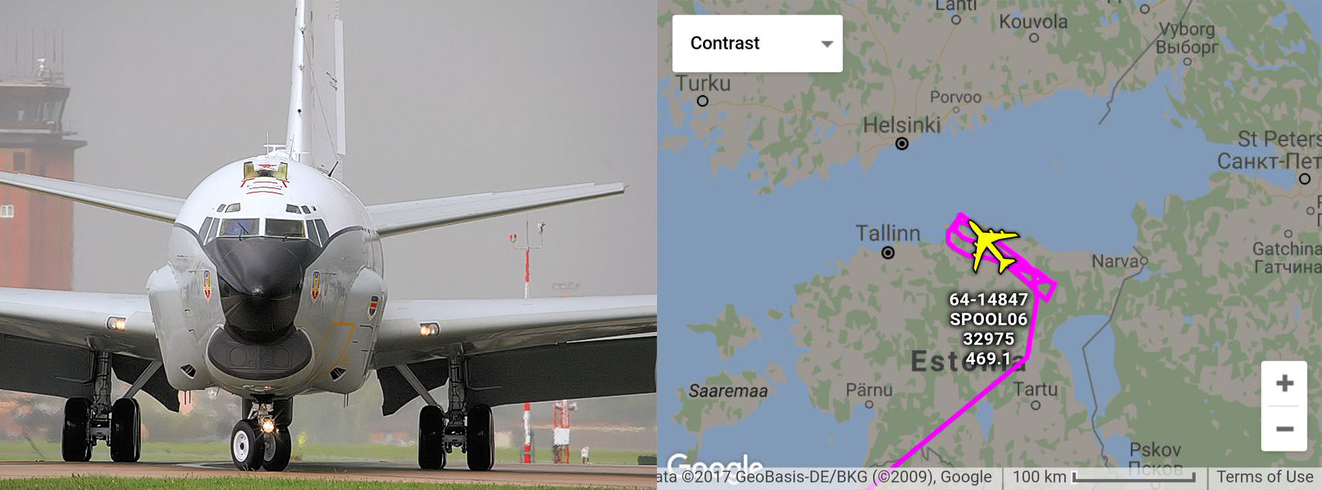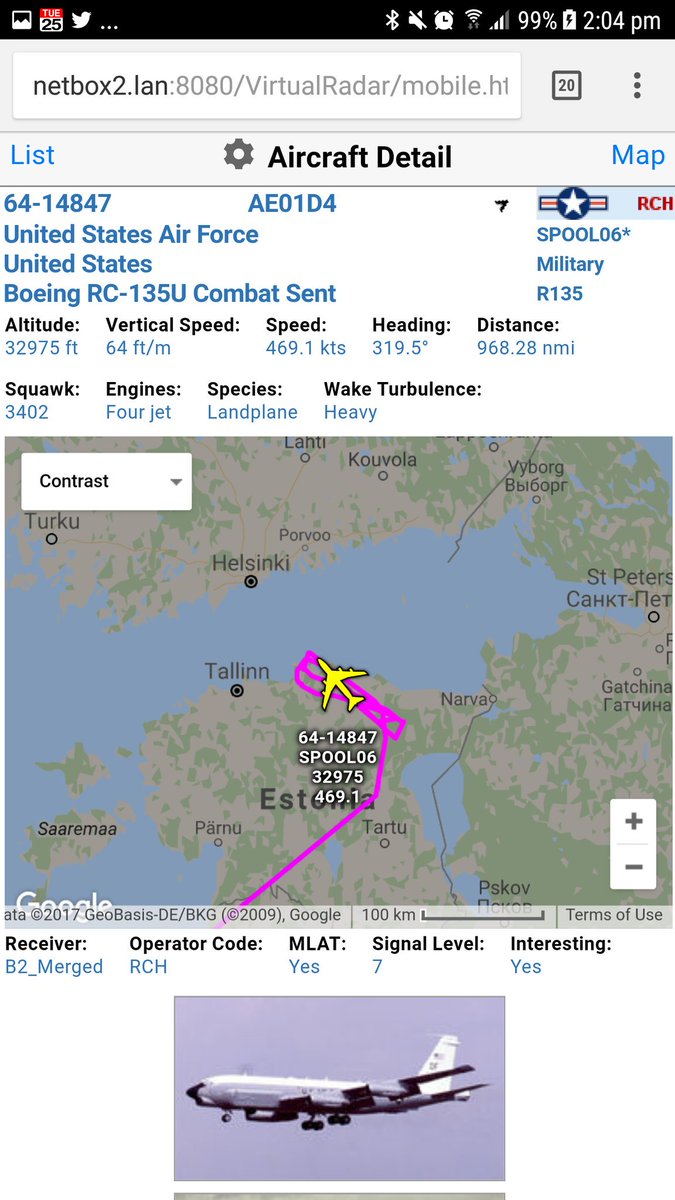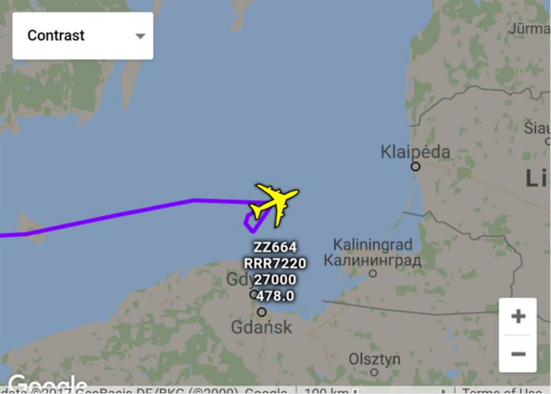Japan’s biggest warship Izumo departs from Yokosuka base following the first order in history for the forces to protect U.S. ships amid heightened tension over North Korea.
Japan has dispatched its biggest warship, in the first such operation since it passed controversial laws expanding the role of its military.
The helicopter carrier Izumo is escorting a US supply vessel heading to refuel the naval fleet in the region.
The ships include the Carl Vinson aircraft carrier group which was sent to the Korean peninsula.
North Korea has threatened to sink the Carl Vinson and a US submarine, amid rising tensions in the region.
It also carried out a failed missile test on Sunday, despite repeated warnings from the US and others to stop its nuclear and missile activity.
***
Japan launched a new spy satellite into orbit tonight (March 16) to help keep an eye on the nation’s unpredictable, nuclear-armed neighbor, North Korea.
The Information Gathering Satellite (IGS) Radar 5 lifted off atop a Japanese H-IIA rocket from Tanegashima Space Center in southern Japan at 9:20 p.m. EDT (0120 GMT, and 10:20 a.m. local Japan time on March 17). While the Japan Aerospace Exploration Agency did not provide a live webcast for the IGS Radar 5 launch, a video stream was available via the company Neconvideo Visual Solutions.
Japan started the IGS program in 1998, presumably in response to North Korean missile tests around that time that sent missiles close to, or flying over, Japan.
In the years since, North Korea has repeatedly threatened to annihilate Japan (and South Korea and the United States), and continued to develop its nuclear-weapon and missile programs. The IGS satellites keep tabs on such efforts, help the Japanese government respond to natural disasters and perform several other functions, experts believe.
The first IGS craft lifted off in 2003. IGS Radar 5 is the 15th one in the program to take flight, though not all have made it to orbit. Two were lost to a launch failure in November 2003.
Some of the IGS spacecraft use optical sensors to study the ground below, whereas others depend on radar instruments. As its name suggests, IGS Radar 5 falls into this latter category.
Little else is known about the newly launched satellite; Japan does not reveal many details about its IGS spacecraft. It’s unclear, for example, what orbit IGS Radar 5 will inhabit, though some of the satellite’s predecessors are known to circle the Earth at an altitude of about 300 miles (480 kilometers).
France joins in.
Forbes: France’s Mistral amphibious assault carrier docked in Nagasaki, Japan on April 29 in advance of military exercises to be conducted with the U.K., U.S. and Japan. Nagasaki is the closest major Japanese port to South Korea, and coming at a time of tension on the peninsula, the French and U.K. naval presence sends a strong message to both China and North Korea. Japan’s increased naval activity is also welcome support for South Korea, and will decrease diplomatic tension between the two natural allies. The U.K. and French presence shows that NATO, including the U.S., is strongly behind South Korea. The effect of these international allied naval forces is to pressure North Korea to abandon its self-destructive drive for ever more powerful nuclear weapons atop long-range missiles capable of reaching North America.
The naval forces gathering in East Asia is an alliance of democracies making a point against autocracies like North Korea, and its allies, China and Russia. While North Korea is building nuclear weapons and missiles capable of reaching the continental U.S., China is making more complaints about the U.S. Terminal High Altitude Air Defense (THAAD) anti-missile system emplacement in South Korea than it is about North Korea’s offensive buildup. This is a strong indicator that China remains firmly on the side of its ally North Korea in the current crisis.
Russia supports China and North Korea, by calling for de-escalation to the status quo which allows for North Korea to periodically increase its nuclear development without significant consequences. Russia stated that THAAD, which protects South Korea, erodes China’s deterrent. Why does China need a “deterrent” against non-nuclear South Korea? To me it appears more of a threat.
President Trump flattered President Xi in recent days, no doubt buttering him up in case the U.S. needs to launch a pre-emptive strike on North Korea. But giving China a good trade deal or concession on Taiwan in exchange for pressuring North Korea, which China should have done long ago, would go too far. Russia and China’s vague calls for peace and negotiation at this point are far too little, far too late. Trump’s tough approach now has China’s nationalist state-owned media, the Global Times, defending economic sanctions on North Korea.
Trump should keep up the pressure. It worked in Syria, and it will work with North Korea. That is peace through strength.


 Shortly thereafter, even a
Shortly thereafter, even a 




